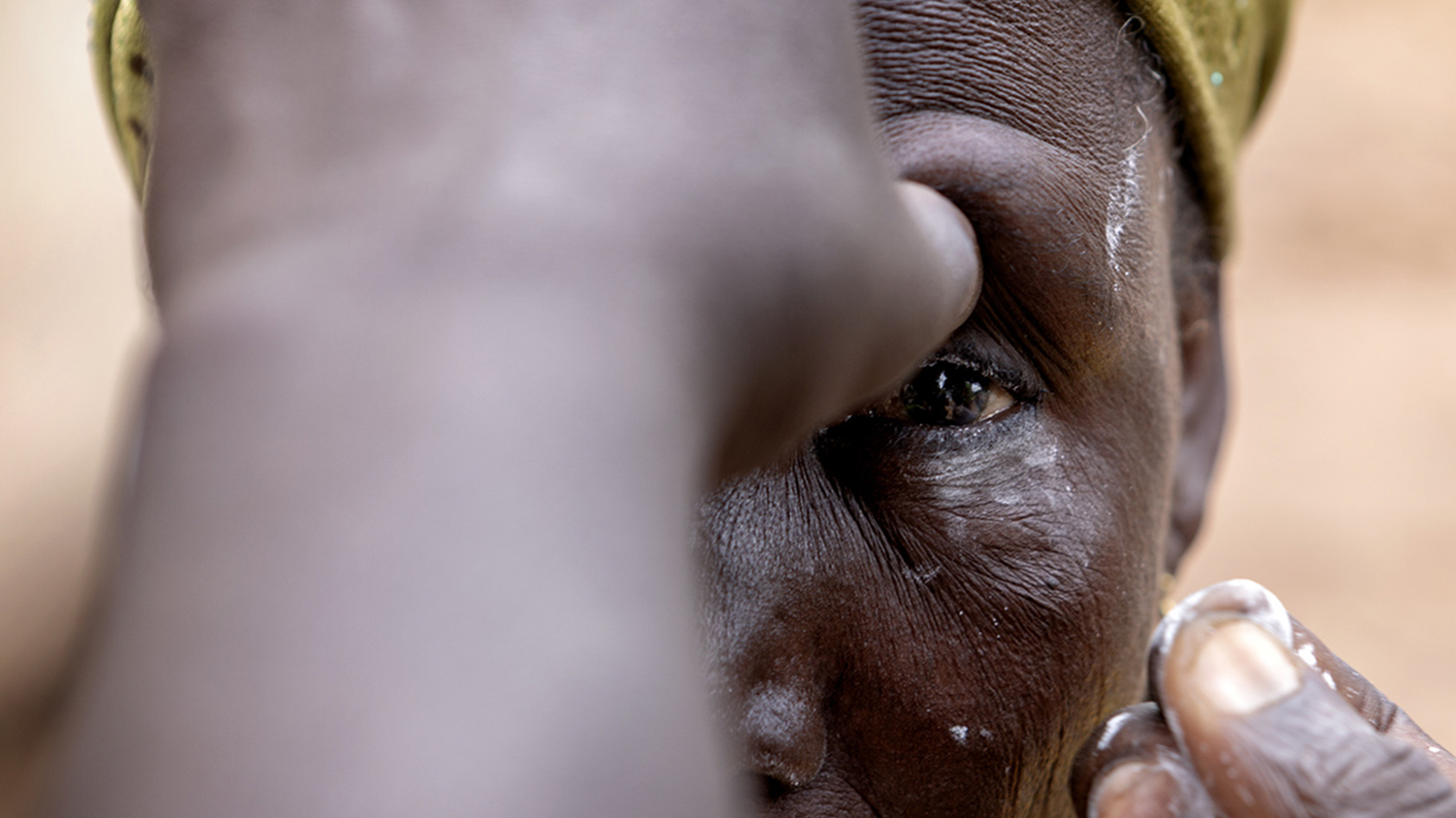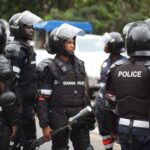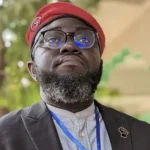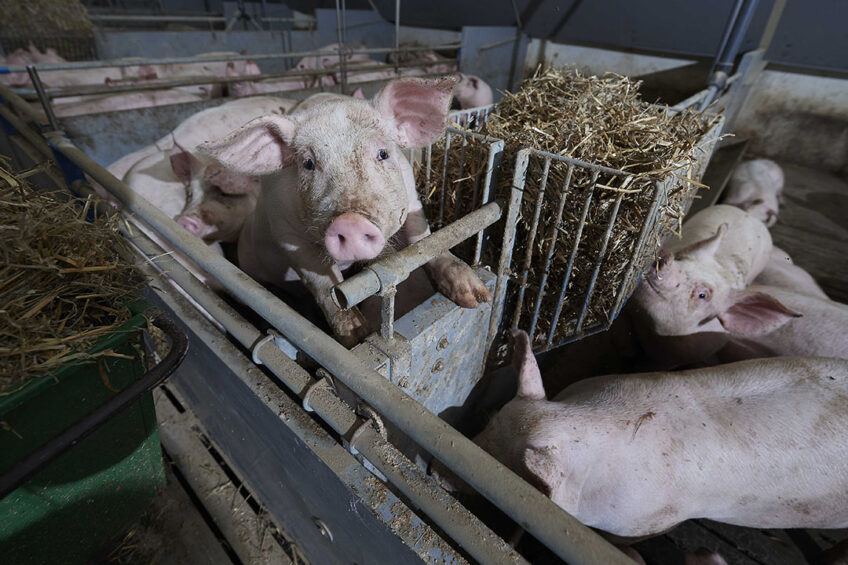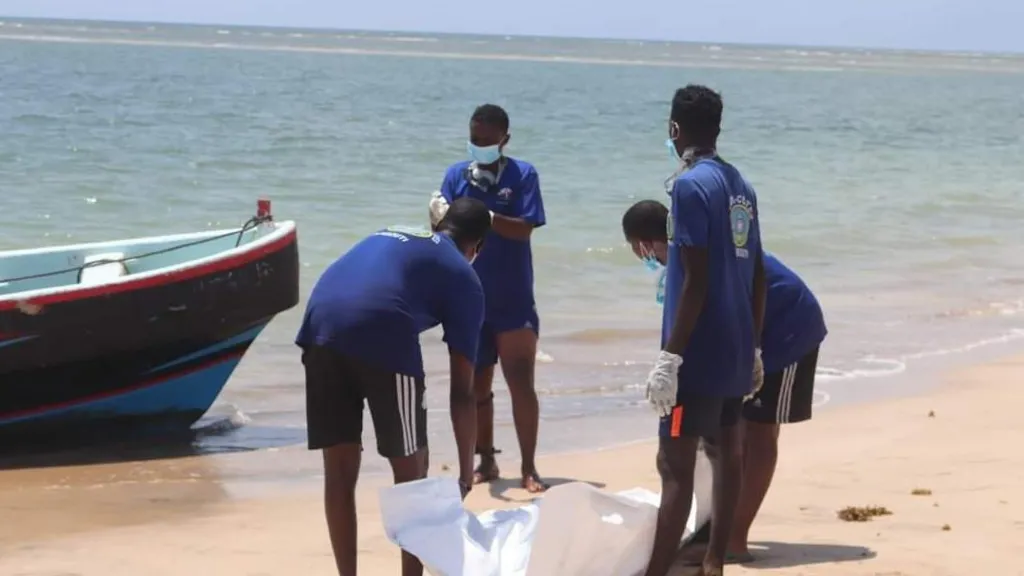One in every six blind people worldwide resides in Africa, a region grappling with significant eye health challenges, according to the World Health Organization (WHO).
Despite some progress in integrating eye health into primary healthcare services across African countries, a severe shortage of financial and human resources continues to undermine efforts to address visual impairment on the continent.
With 26 million Africans facing some degree of visual impairment, statistics reveal that only 14% of people in need of cataract surgery receive it. More than 80% of individuals with short-sightedness in Africa go untreated. In comparison, regions like North America, Australasia, Western Europe, and the Asia-Pacific region report figures under 10%.
Additionally, only 12% of those in Africa who require glasses or surgery for blurred vision receive the care they need, imposing significant economic costs. Globally, the estimated annual cost of uncorrected refractive errors and cataracts is US$14.3 billion.
While WHO reports a decline in vision loss caused by Vitamin A deficiency, onchocerciasis, and trachoma in Africa, new eye health challenges are emerging due to aging populations, unhealthy lifestyles, and the rise of noncommunicable diseases.
“The focus on eye care is critical, given the multiple positive impacts of good vision on all aspects of life, from overall well-being to academic achievements. The contribution to economic growth is also significant, raising the urgency of building on the gains already made, while addressing the emerging challenges,” said Dr. Matshidiso Moeti, WHO Regional Director for Africa, in a statement marking World Sight Day.
WHO’s current approach in the region aims to integrate eye health services at the primary care level as part of universal health coverage. However, achieving integrated, people-centred eye care faces barriers such as limited human resources. To meet these challenges, WHO advocates for innovative solutions, increased community engagement, and cross-sectoral coordination.
Over the past two years, WHO has provided technical support to six African countries—Ethiopia, Ghana, Niger, Nigeria, Somalia, and Zambia. These efforts included conducting national situational analyses, developing strategic plans and monitoring frameworks, and planning for workforce needs. WHO also assisted with integrating eye care indicators into existing health information systems.
To further its goals, WHO launched the SPECS 2030 initiative, which aims to increase the number of people with access to appropriate spectacles (effective coverage of refractive error, or eREC) to 40% by 2030. Liberia and Mozambique are among the first African countries to begin implementing the program.
In addition to this, WHO introduced a self-assessment tool, WHOeyes, to promote healthy habits and raise awareness of eye care. Available in multiple languages, the tool can be used to check visual acuity and provide educational messaging.
WHO continues to offer support by disseminating strategic documents such as the World Report on Vision and the Eye Care in Health Systems: Guide for Action, both of which outline recommendations for integrated, people-centred eye care.



